hip dysplasia in cats walking
Hip dysplasia can be seen in any breed of cat but it is seen more commonly in the. Hip dysplasia occurs when the ball and socket joint that.

Feline Hip Dislocation Youtube
Some clinical signs of hip dysplasia include.

. Symptoms of Hip Dysplasia. Hip dysplasia in cats is mainly hereditary but can sometimes be caused by obesity. Abnormal movement or limping or walking difficulties.
Lets take a closer look at the signs of hip dysplasia in cats. Clinical signs of feline hip dysplasia include limping or other apparent difficulties in walking avoidance of physical activity expression of pain if the hip is touched and persistent licking or. She was born and living on a dairy farm.
We noticed her odd walk right away. It can take some time to notice the signs of pain as the cat becomes less active has an increasingly difficult time jumping and climbing stairs or becomes reluctant to squat while using the litter box. It is caused by the.
Hip Dysplasia in cats occurs when the ball and socket of the hip joint are not in alignment. Hip dysplasia in cats is a genetically inherited malformation of the hip joint. Usually the limp is progressive and worsens over time.
Cats suffering from the disorder will be unwilling to move. Avoidance of physical activity. Staggering or swaying motion to gait and general difficulties in walking.
Hip dysplasia in cats walking Sunday January 23 2022 Edit. Clinical signs of HD in cats are often gradual in. A cat affected by hip dysplasia will show the following symptoms.
Now at about six months her gait has become increasing awkward. While hip dysplasia is most commonly associated with dogs and is certainly more common in dogs than it is in cats nevertheless our feline companions may also be affected by the condition which can lead to pain difficulty moving freely and a progressive degeneration of the hip joints. There is little doubt that cats with HD and associated osteoarthritis OA suffer pain and this warrants appropriate therapy.
The involved bones start to knock and rub against one another leading to degeneration and a painful arthritis. Cats dont always exhibit clear signs of hip dysplasia but symptoms such as limping avoiding exercise and irritability may point to a diagnosis. Designer Clothes Shoes Bags For Women Ssense Cute Cats Cats And Kittens Ginger Cats Hip Dysplasia In Cats Signs Treatment And Prevention Daily Paws Cats Hide Signs Of Hip Dysplasia Catwatch Newsletter.
All of these clips were taken after a mile-ish off leash run so the limping is more. For now however veterinarians generally agree that the only way to prevent hip dysplasia would be to avoid the breeding of cats that are thought to be genetically predisposed to the condition. Difficulties walking due to the deformities in the bone and the joint swelling.
Obsessive licking or chewing on the back legs or hip area. Large purebred cats such as Maine coon and Himalayan cats are more likely to develop hip dysplasia than mixed breed cats. Back leg limping is the telltale sign of hip dysplasia.
Hip dysplasia in dogs is a disease that causes serious discomfort to the animal making it difficult for them to carry out daily activities such as walking or running and reducing their quality of life. Cats can often develop a degenerative illness we know as hip dysplasia. Clinical signs of hip dysplasia usually develop gradually in cats.
Hip dysplasia in cats is a genetically inherited malformation of the hip joint. In other words it starts before their bone structure has developed fully and it only gets worse as time goes on. Lameness Hip Dysplasia Cats.
The vet advised to keep an eye on it. Clinical signs of feline hip dysplasia include limping or other apparent difficulties in walking avoidance of physical activity expression of pain if the hip is touched and persistent licking or. Hip dysplasia is a condition in cats that causes their hip joints to develop abnormally.
Like her legs are tu. Romano et al. Hip dysplasia generally starts in cats when theyre still kittens.
Lack of interest in games and activities due to the pain caused by. The x-rays showed the dysplasia. When the ball and socket of the hip dont form properly there is increased movement in the joint.
Intermittent or persistent lameness of the hind legs. Cats experience both pain and mobility issues. Dislocation and damage to their cartilage causes micro-fractures that keep it from walking properly climbing jumping and playing.
Our kitten was diagnosed with hip dysplasia when we adopted her at approximately three months. Though fairly uncommon this disease tends to affect cats that are purebred or heavy boned though it can still occur in small boned cats. Cartilage dislocations and damage generate microcracks that prevent the animal from walking climbing jumping or playing.
We evaluated the walking pattern of 14 women with hip dysplasia median age 39 24-50 years before periacetabular osteotomy and compared it with a control group of 12 healthy women. By Pett City February 5 2022 23 views. Home cats dysplasia hip walking.
Hip dysplasia in cats begins when an animal is small. That is when his bones are not yet fully developed but the condition becomes more severe over time. Over time this causes the bones to rub against each other and will lead to arthritis.
Bug is a 2 year old 35 lb mixed breed most likely labretriever type. It is also far more likely to be found in female rather than male cats. Dogs are not the only pets that can suffer from this ailment it can also occur in cats for example.
January 27 2018. Knowledge of the gait dynamics in patients with hip dysplasia may help to understand the consequences of the mechanical changes in the hip. 2010 evaluated walking in patients with bilateral symptomatic hip dysplasia and reported lower walking speed in the patients than in healthy.
1996 also reported kinematic and kinetic walking outcomes in patients with unilateral hip dysplasia and found reduced peak external hip flexor moments compared to healthy controls. The reported incidence of hip dysplasia HD in cats varies dramatically between studies but the condition is likely more common than we realise. Hip dysplasia in cats is a slow progression disease that shows up in the form of lameness.
Unalleviated chronic pain may contribute to behavioral problems. Kato was painful for a few weeks and his problem ended up in the hip joints.
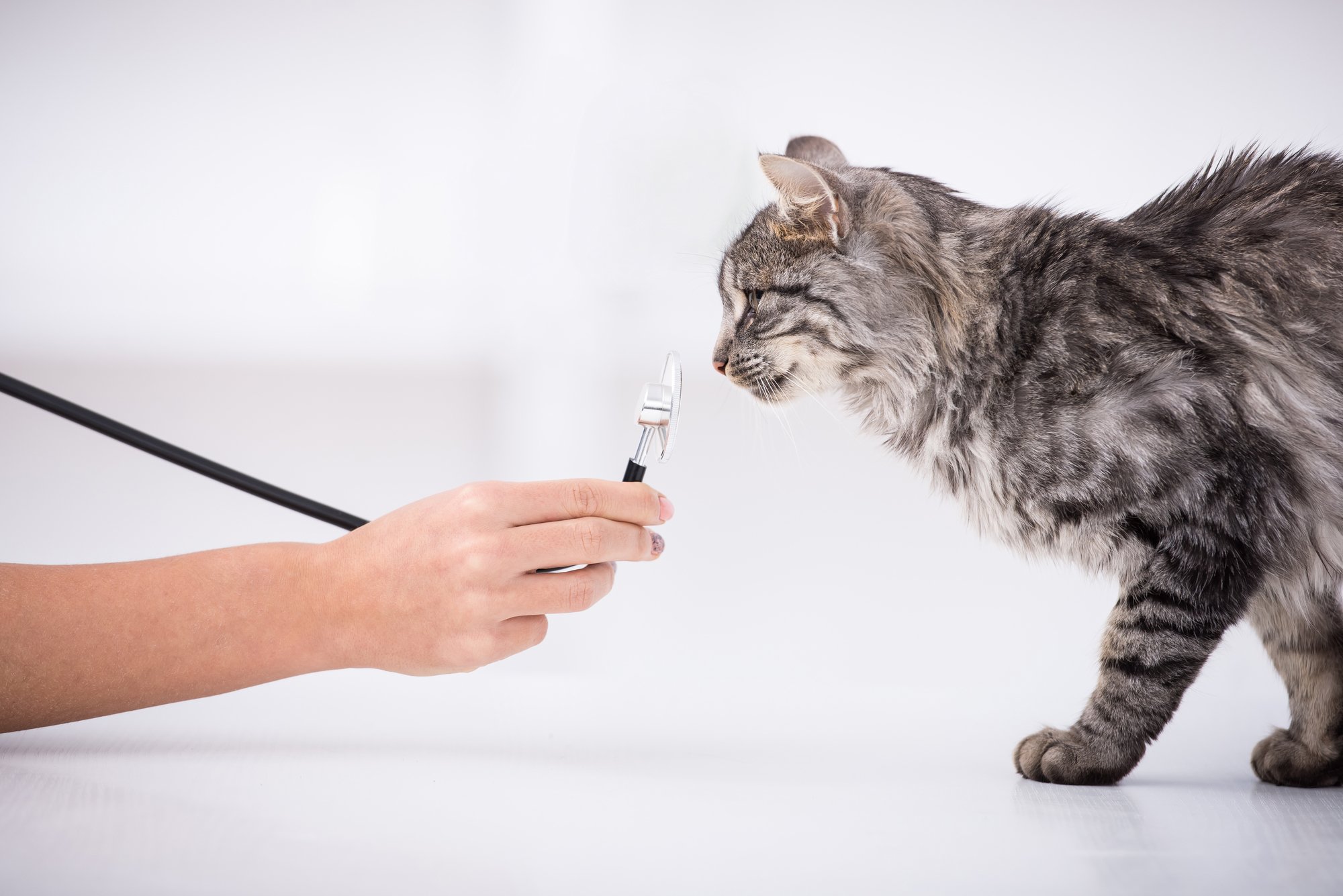
Cats Hide Signs Of Hip Dysplasia Catwatch Newsletter

All About Feline Hip Dysplasia The Honest Kitchen Blog

Hip Dysplasia In Cats And Dogs By Kelsey Tinsman Ppt Download
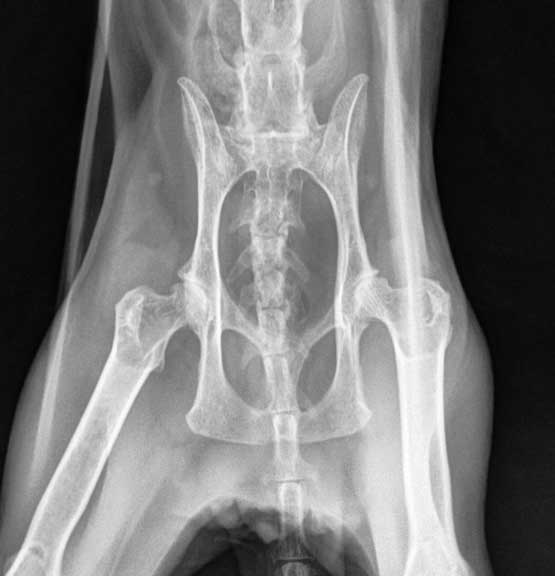
Hip Dysplasia In Dogs And Cats Long Beach Animal Hospital

Hip Dysplasia In Cats A Helpful Guide Canna Pet

Purdue Now Purdue Vth Performs Feline Hip Replacement On Fridgey The Cat Youtube

Hip Dysplasia In Cats A Helpful Guide Canna Pet

All About Feline Hip Dysplasia The Honest Kitchen Blog
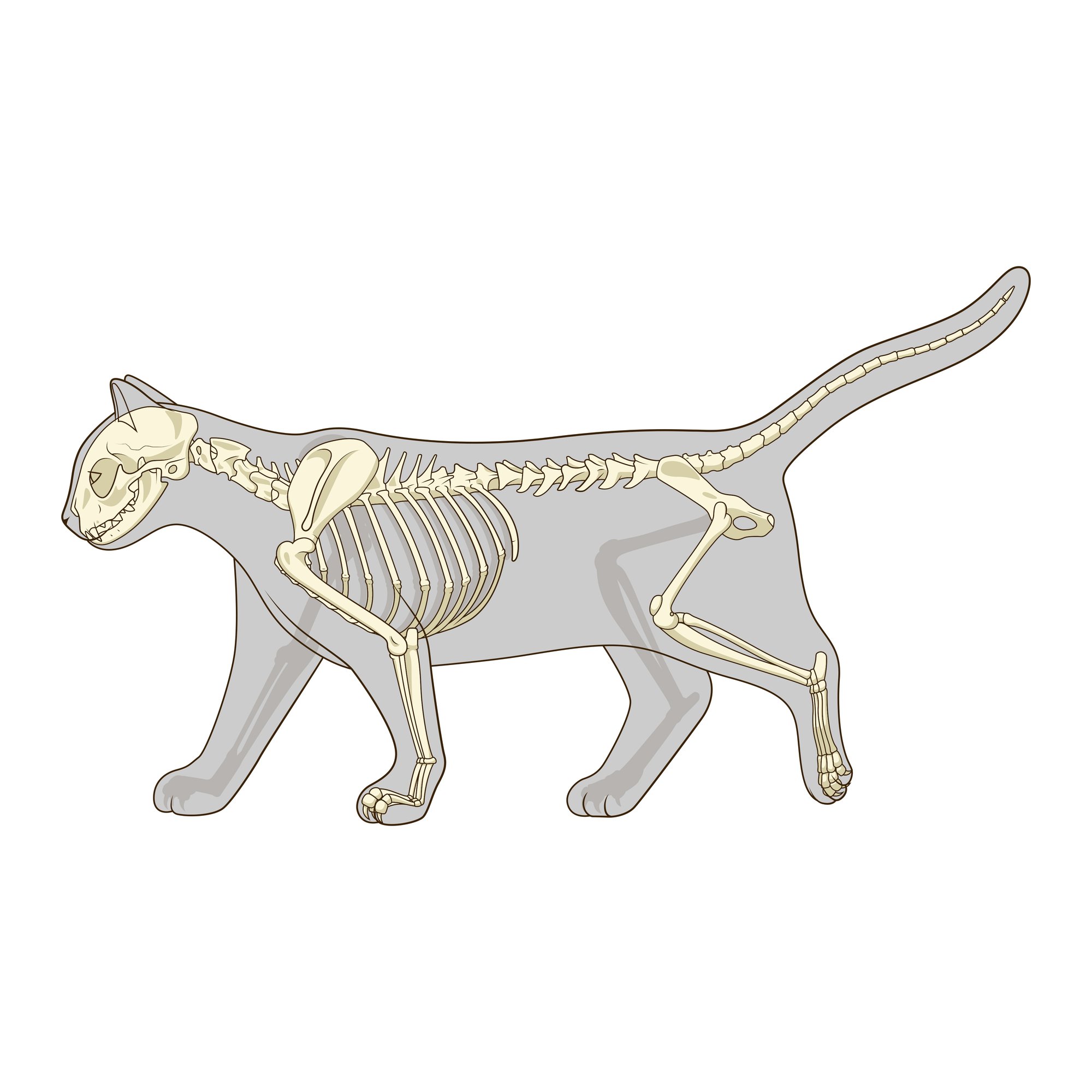
Cats Hide Signs Of Hip Dysplasia Catwatch Newsletter
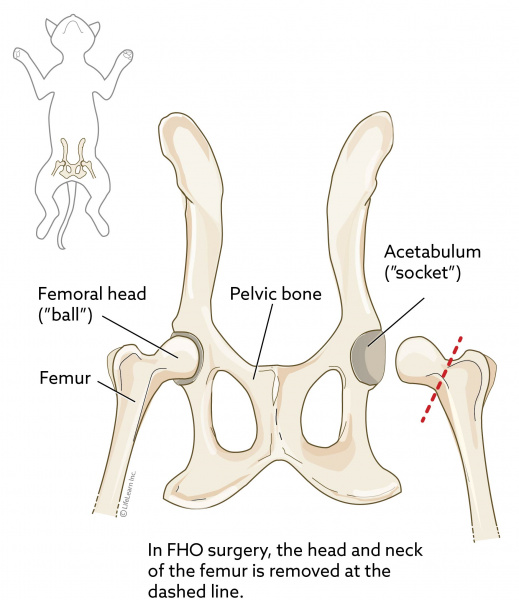
Femoral Head Ostectomy Fho In Cats Vca Animal Hospitals
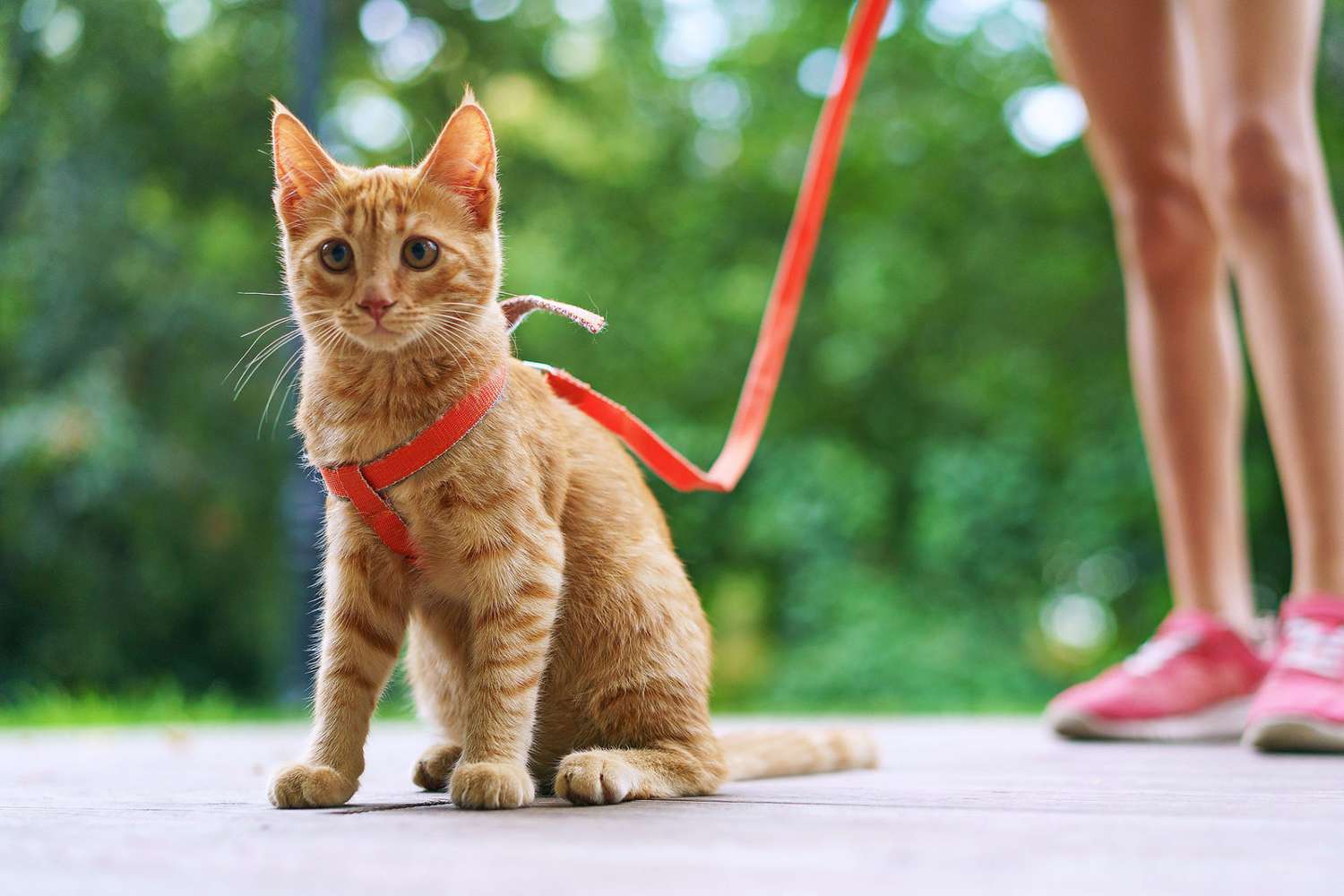
Hip Dysplasia In Cats Signs Treatment And Prevention Daily Paws

What Is Hip Dysplasia In Cats Causes Symptoms Treatment
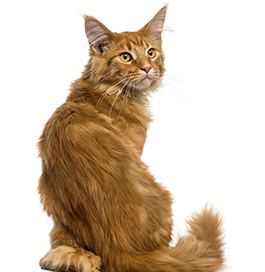
Hip Dysplasia Cornell University College Of Veterinary Medicine

Lameness Hip Dysplasia Cats Youtube

Rehabilitation Of Hip Injury In Cats Grace Veterinary Services
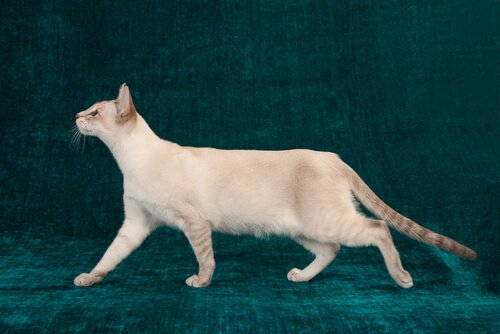
Hip Dysplasia In Cats Everything You Need To Know My Animals
Nfcfa Norwegian Forest Cat Fanciers Association Www Forestcats Net